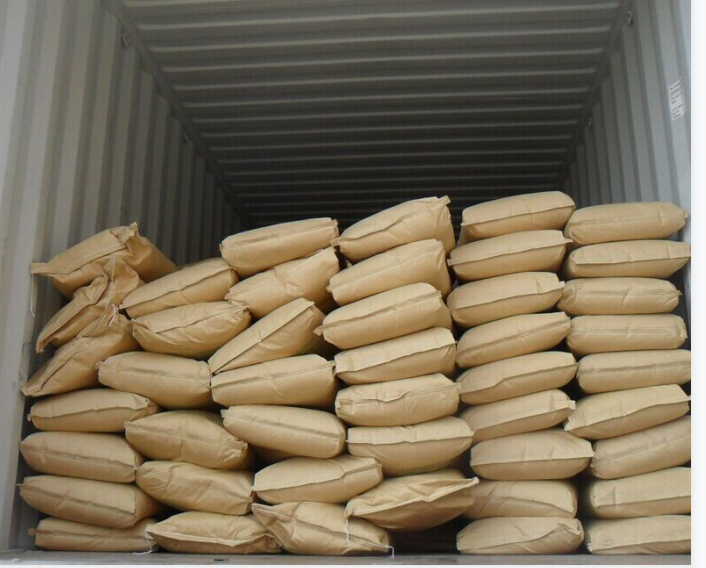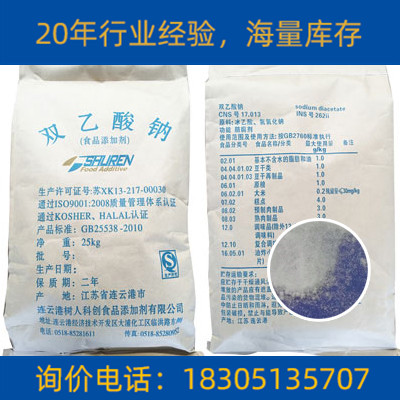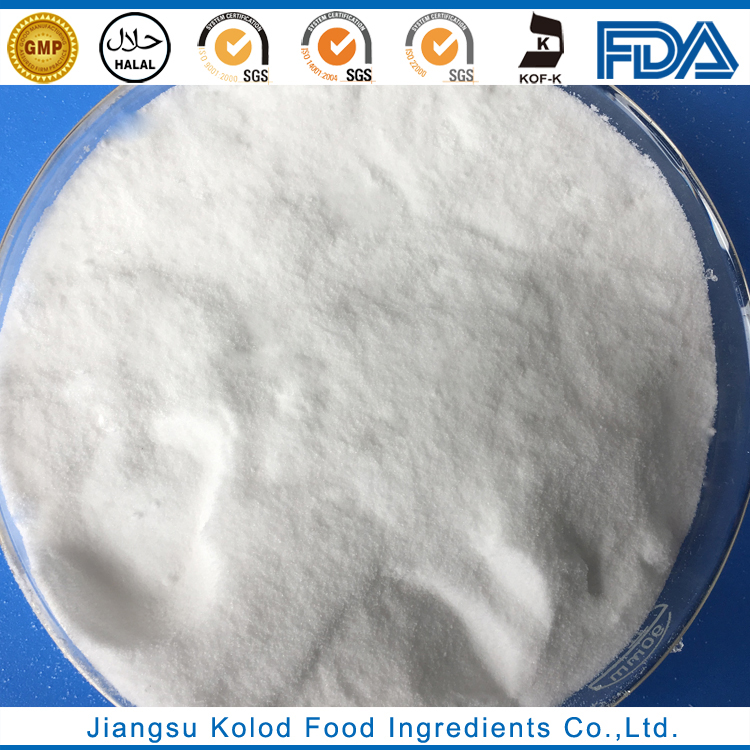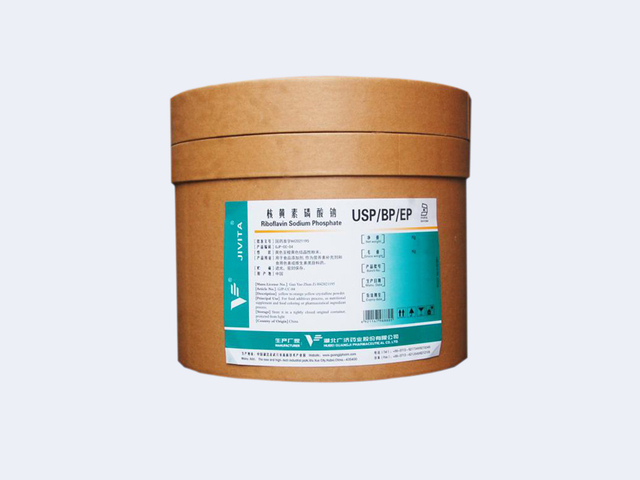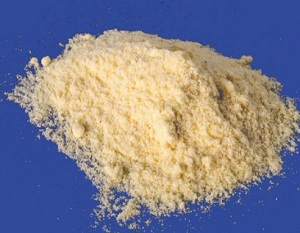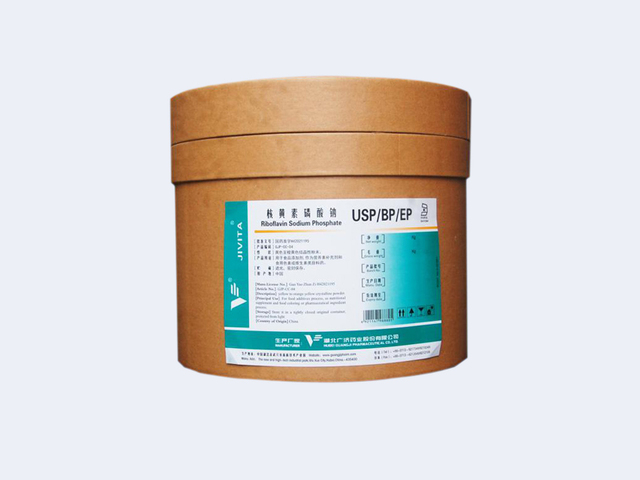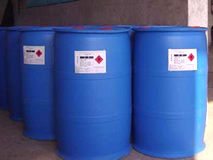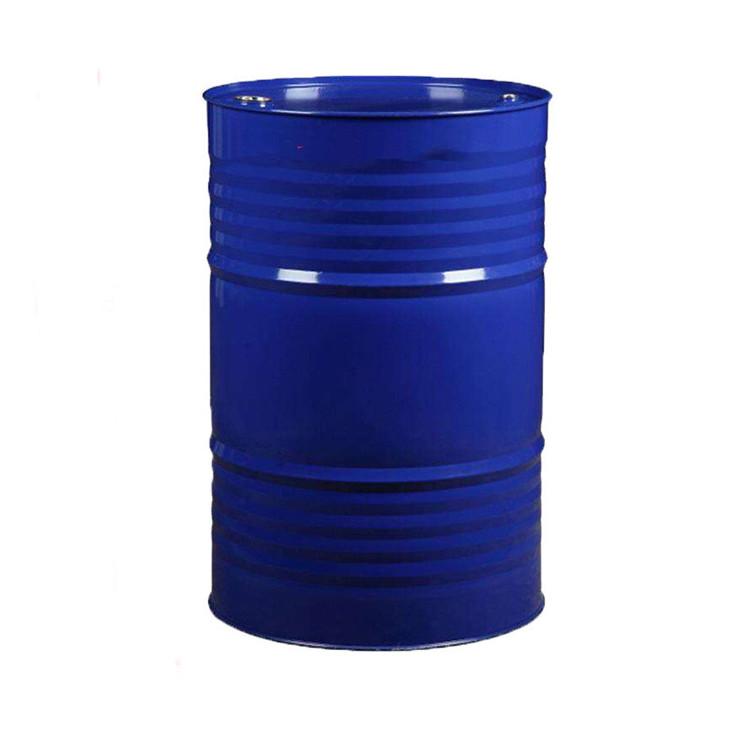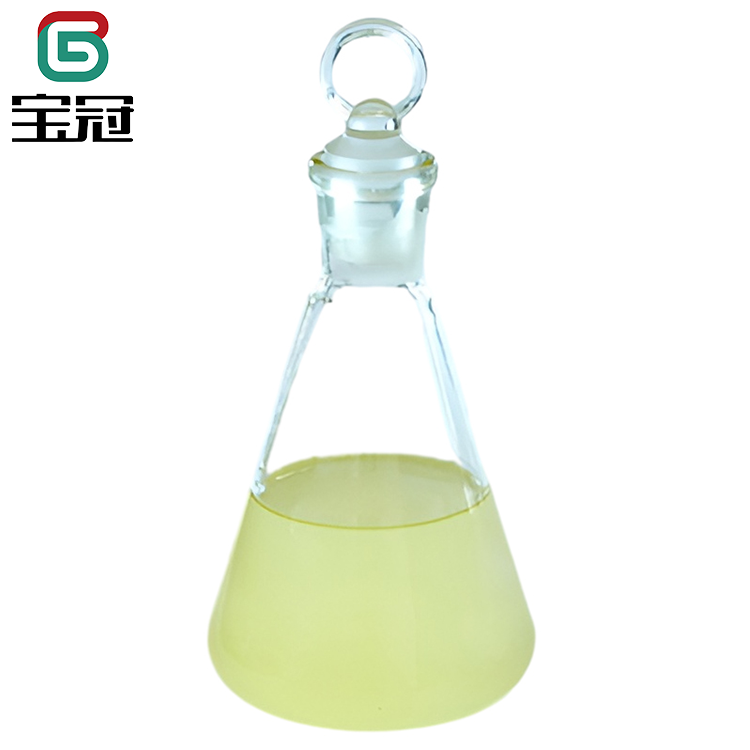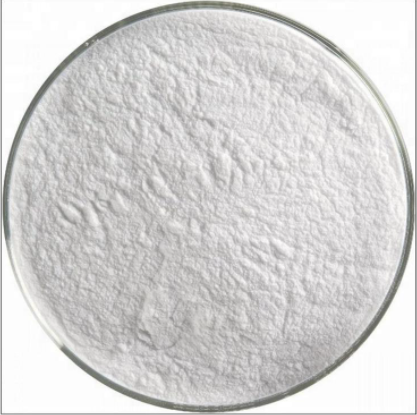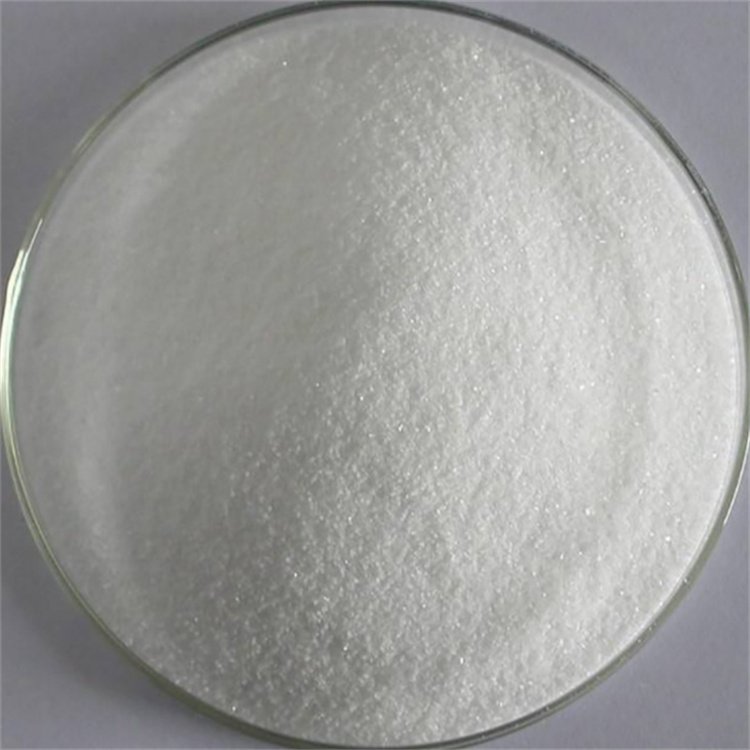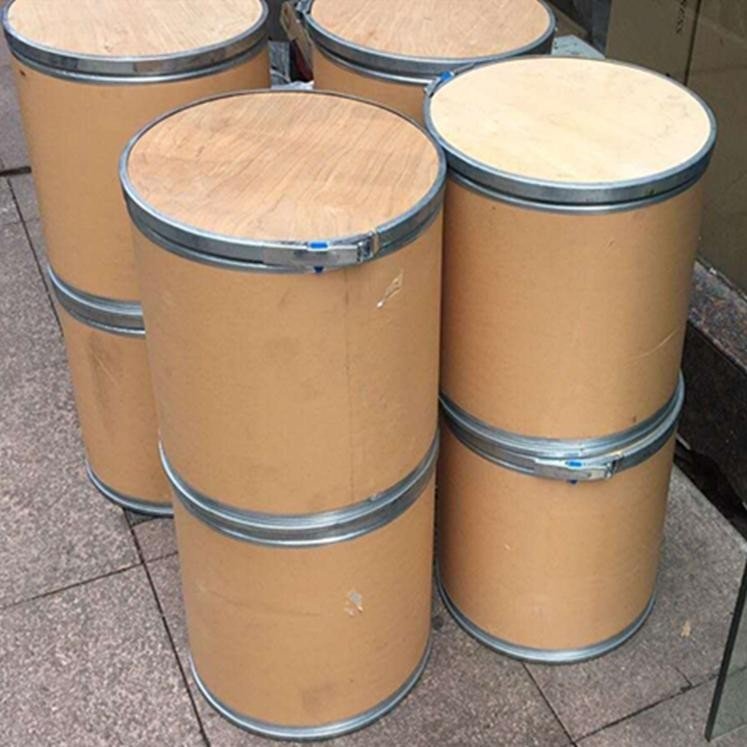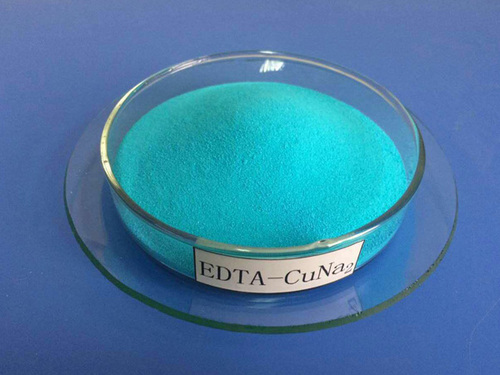Feed Additive
Additives For Food Packaging
Colorant
Stabilizer and Coagulator
Water Retention Agent
Feed Deworming Health Agents
Anti Corrosion and Preservation
Color Fixative
Flour Treatment Agent
Defoamer
Coating Agent
Feed Vitamins
Emulsifier
Other Food Additives
Nutritional Fortifier
Thickening Agent
Feed Quality Enhancer
Antioxidants
Chewing Gum Bases
Bulking Agent
Feed Amino Acids and Small Peptides
Flavor Enhancer
Sweeteners
Additives For Feed Preservation
Other Feed Additives
Food Additive
Bleaching Agents
Anticaking Agent
Food Flavors and Fragrances
Enzyme Preparation
Feed Trace Elements
Acidity Regulators
Feed Growth Promoters
Feed Conditioner
CAS:126-96-5
Molecular Formula:C4H7NaO4
Alias
More Information
Sodium Hydrogen Diacetate; Acetic Acid, Sodium Salt (2:1); Sodium;Acetic Acid;Acetate; Dykon; Acid Acetate; Sodium Acid Acetate; Sodium Acetate, Acid; Sodium Hydrogen Acetate; Sodium Acetate (1:2); Sodium Hydrogen Di(Acetate); Acetic Acid Dimer, Sodium Salt; Acetic Acid, Sodium Salt, Compd. With Acetic Acid (1:1); Sodium Acetate, Compd. With Acetic Acid (1:1); Sodium Acetate Acetate; Acetic Acid Sodium Acetate
Brief Introduction
Sodium diacetate is a multifunctional edible chemical. It is mainly used as preservative, anti mildew agent, chelating agent, seasoning agent, pH regulator and preservation agent of meat products in food and feed industry. It is also the main ingredient of compound anti mildew agent. This product can be mixed with other seasoning agents and sweeteners.
Suppliers
View More Vendors (3) >
CAS:130-40-5
Molecular Formula:C17H20N4NaO9P
Alias
More Information
Fmn Sodium Salt; Riboflavin Sodium Phosphate; VB2 Sodium Phosphate; Fmn-Na; Riboflavin 5-Phosphate Sodium; Riboflavin5'-Monophosphate Sodium Salt; Riboflavin 5 'Phosphate Sodium; Coflavinase; Flavin Mononucleotide; Flamotide; Riboflavin-5-Phosphate; Lactoflavin Phosphate Sodium Salt; Vitamin B2-Phosphate
Brief Introduction
Riboflavin sodium phosphate is a prodrug of flavin mononucleotide (FMN) and flavin adenine dinucleotide (FAD). It is also known as vitamin B2 sodium phosphate, flavin mononucleotide sodium and riboflavin-5 '- (dihydrophosphate) monosodium salt in Chinese. FMN and fad are important cofactors of flavinase family. Flavinases catalyze many biochemical reactions, the most typical of which is redox reaction. They are the key factors of cell respiration.
Suppliers
View More Vendors (3) >
CAS:1338-39-2
Molecular Formula:C18H34O6
Alias
More Information
(R)-1-((2S,3R,4S)-3,4-Dihydroxytetrahydrofuran-2-Yl)-2-Hydroxyethyl Dodecanoate; Emsorb2515; Span 20; Sorbitan Laurate; Span(R) 20; Span 20, Arlacel 20; Span No 20; Sorbitan Laurate,Sorbitan Monolaurate; Sorbitan M; Arlasel 20; Span(Tm) 20; Arlacel 20; Span(Rg 20; Glycomul Lc; (Sorbitan Monolaurate); Emulsifiers20; Radiasurf7125; Emulsifier(S20); Emulsifier S-20; Span 20 Cas No.1338-39-2; Sorbitan Monolaurate (Span-20); Span; 20 (Sorbitan Monolaurate)
Brief Introduction
Non ionic surfactant, emulsifier, lubricant, desiccant, gas chromatographic stationary liquid, separation and analysis of oxygenated compounds.
Suppliers
View More Vendors (3) >
CAS:135-51-3
Molecular Formula:C10H6Na2O7S2
Alias
More Information
3-Hydroxy-2,7-Naphthalenedisulfonic Acid Disodium Salt; Disodium 2-Naphthol-3,6-Disulfonate; R Salt; R Acid Disodium Salt; Sodium 3-Hydroxynaphthalene-2,7-Disulfonate; Disodium 3-Hydroxy-2,7-Naphthalenedisulfonate
Brief Introduction
Fluorescent indicator. Diazonium salt and aromatic amine reagent. Organic synthesis. Dye intermediates. It is mainly used to produce azo dyes and edible pigments.
Suppliers
View More Vendors (3) >
CAS:14025-15-1
Molecular Formula:C10H12CuN2Na2O8
Alias
More Information
Disodium [[N,N'-Ethylenebis[N-(Carboxymethyl)Glycinato]](4-)-N,N',O,O',On,On']Cuprate(2-); Copper Disodium Ethylenediaminetetraacetate; Eta-Na2-Cu Tetrahydrate; Copper Edetate; Edta-2Nacu Tetrahydrate; Copper Disodium Edta Dihydrate; Sodium Edetate; EDTA-CuNa2; Ethylenediaminetetraacetic Acid Disodium Copper Salt (Tetrahydrate); Ethylenediaminetetraacetic Acid Copper Disodium Salt Tetrahydrate; ((Ethylenedinitrilo)Tetraacetato)Cuprate(2-)Disodium; Ethylenediaminetetraacetic Acid Copper Disodium Salt Hydrate; Edta Cu
Brief Introduction
This product is an intermediate material and can be used in organic synthesis.
Suppliers
View More Vendors (3) >
Inquiry (
10
/ 10
)
Clear All
Sign In
Error!

